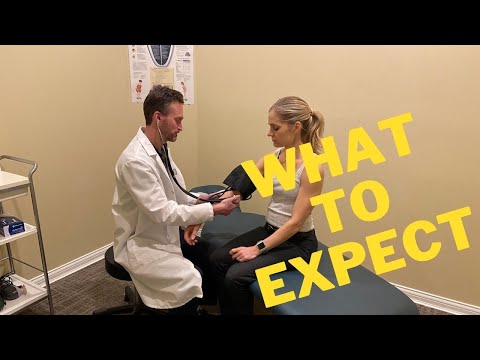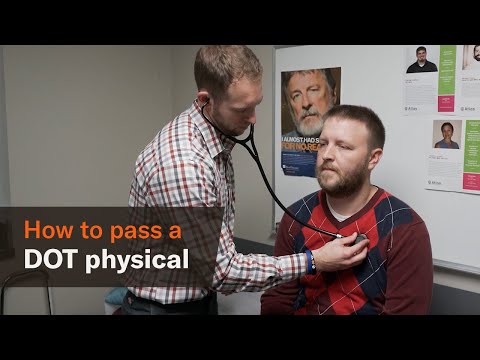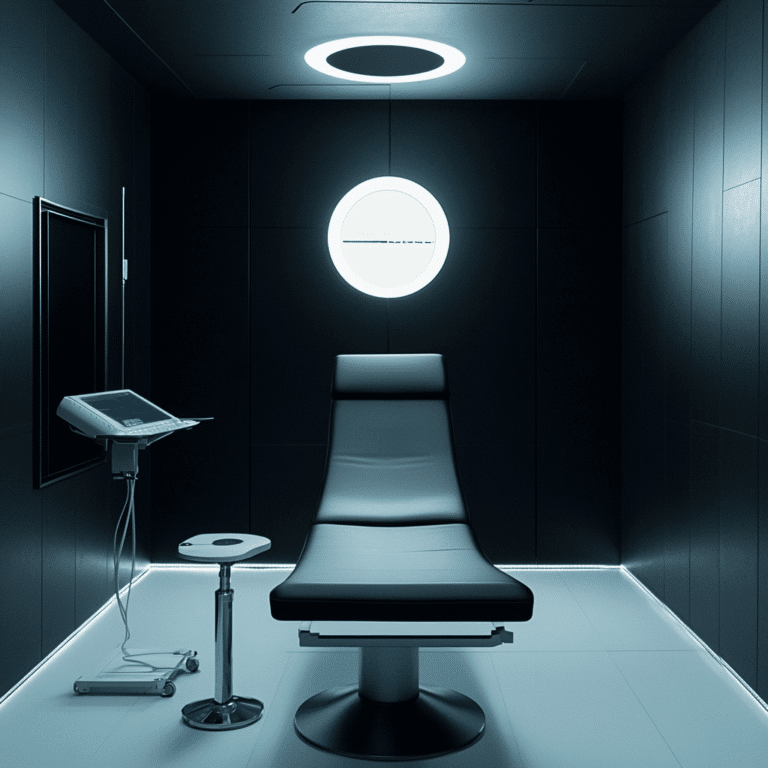If you’re a commercial driver or thinking about becoming one, you’ve probably heard the term DOT physical tossed around like a weightlifter’s best protein shake. This medical examination isn’t just a formality; it’s crucial for ensuring you can safely handle those big rigs out on the highways. Let’s break down everything you need to know about the DOT physical, covering the essential components, and why meeting these requirements can keep you on the road and rolling smoothly toward success.

The Crucial Components of a DOT Physical Examination
A DOT physical is much more than a simple check-up; it’s a thorough medical examination to ensure you’re fit to drive large commercial vehicles safely. The components of this examination may seem daunting, but don’t sweat it—preparing for it can actually help you level up your overall health. Below, we dive deep into the vital parts of the DOT physical and why they’re fundamental to your career.

1. Vision Requirements
First up: your peepers. To pass the DOT physical, you have to prove you’ve got decent vision—specifically at least 20/40 vision in both eyes. That’s right; whether you wear glasses from brands like Ray-Ban or Oakley, you need to bring your corrective lenses along for the ride. Plus, you must have at least a 70-degree field of vision. How can you read those all-important traffic lights and signs without it? So, keep your eyes sharp, because a little prep can go a long way.

2. Hearing Standards
Next, let’s chat about those ears of yours. During the DOT physical, you’ll need to pass a test where you should hear a forced whisper from at least 5 feet away. This simple check ensures you’re alert to vital sounds on the road. Whether it’s a siren from an emergency vehicle or a loud horn from another driver, hearing matters. If you find your hearing’s not up to standard, many drivers opt for hearing aids like those from Phonak and Oticon, which are excellent for both clarity and comfort.
3. Medical History Review
Now, let’s tackle the nitty-gritty—your medical history. A comprehensive review is part of the process. They’ll ask about previous surgeries, chronic illnesses, and medications, including whether you’re taking something like Mobic (meloxicam). Here’s the kicker: if you’re on medications that could affect your driving, you need to be open and honest with your medical examiner. Transparency in this section is your ticket to maintaining driving privileges.
4. Blood Pressure Monitoring
Blood pressure might not sound thrilling, but it’s a big deal. During the DOT physical, they’ll check your readings—you want 140/90 mmHg or lower to be in the clear. Higher readings can signal trouble, which can put a serious roadblock in your driving career. Maintaining a healthy lifestyle plays a fundamental role here. Whether you’re shunning sugary drinks in favor of V8 juice or getting that heart pumping with some dedicated workouts, keeping your blood pressure in check is essential.
5. Urinalysis for Drug Screening
You’re almost there! The DOT physical also involves a urinalysis to screen for drugs and medical conditions like diabetes. You’ll need a clean drug screen to pass—this means no illicit substances and caution with prescribed meds. Remember, even seemingly harmless items can put your candidacy in jeopardy. Your commitment to staying drug-free ensures you’re making sound decisions on the road.
6. Cardiovascular Assessment
Don’t brush off your heart health! A well-functioning cardiovascular system is key for a commercial driver. If you’ve had heart issues in the past, be ready to undergo a cardiovascular assessment, which might include an ECG (electrocardiogram). If you’ve experienced issues like arrhythmias or hypertension, make sure to show your doctor how well you’ve managed your condition. Your heart is your engine, and it has to run well for you to carry on with your career.
7. Evaluation of Musculoskeletal Health
Let’s not forget about your physical strength and flexibility! The final part of the physical checks your musculoskeletal system to ensure you can operate a vehicle safely. If you’ve been nursing any injuries, you’ll have to disclose those upfront. Sometimes, you might need extra evaluations. Keep your body in peak shape with techniques from trainers like Tony Horton to ensure you bounce back strong.

The Importance of Staying Informed About DOT Physical Requirements
Now that you’re armed with knowledge, let’s hit the importance of understanding these DOT physical requirements. These examinations are crafted to enhance road safety by ensuring drivers are fit for the demanding tasks ahead. Each aspect of this examination is vital for your professional driving career. Staying clued in about requirements like the impact of medications such as Mobic is a major plus for both safety and compliance.
As the standards surrounding commercial driving evolve, it’s crucial to keep yourself informed and prepared. Be proactive about your health. Maintaining a healthy lifestyle around exercise, nutrition, and regular checkups can help you not only pass your DOT physical but also thrive on the road. When you prioritize your health and take care of your body, you’re promoting a safer driving environment for everyone out there on the highways.
Keep your eyes on the prize, stay informed, and be the best version of yourself. You’ve got this! Now go out there and smash that DOT physical like it’s a deadlift challenge.
For all your essentials, whether it’s a Kitchenaid espresso machine to kickstart your morning routine or hitting up a local Starbucks For Life to reward yourself after a solid week of fitness, remember to take care of yourself and keep in mind your ultimate goal: getting shredded, gaining muscle, and keeping that six-pack shining! Your career as a commercial driver can also be your pathway to an incredible active lifestyle. Let’s move forward with strength and purpose!

The Dot Physical: What You Might Not Know
Getting a DOT physical isn’t just a checkbox for truck drivers; it’s a ticket to a healthier lifestyle. One fascinating fact is that the DOT physical has specific requirements to evaluate a driver’s ability to operate a commercial vehicle safely. For instance, vision must be at least 20/40 with or without correction, ensuring you can see those road signs — and maybe spot your favorite reality TV show, like Bachelor in Paradise 2024, while stuck in traffic!
Beyond the Basics: The Intriguing Details
Did you know that certain medical conditions, such as sleep apnea, can affect your ability to pass a DOT physical? It’s true! Sleep apnea can leave drivers drowsy and less alert, which isn’t ideal for long hauls. In fact, this requirement emphasizes the importance of a focused mind — think of it as being in “the driver zone,” similar to performers like Lía Blackpink, who need perfect focus to shine on stage. Plus, during the physical, some doctors may also check for use of specific medications. One to think about is Tessalon, which can suppress coughing but may impair your reflexes.
Staying Sharp for the Road Ahead
Another interesting aspect of the DOT physical involves a drug screening component, which is critical for maintaining road safety. The use of certain substances, be it prescription or recreational, might just take you off the road — much like substances that fall under the category of an acid drug. Drivers should keep that in mind as they prepare. Lastly, many commercial drivers cherish their time off with activities like hiking through spots like Elysian Park, emphasizing that staying healthy on and off the road contributes to long-term success in their careers.



























